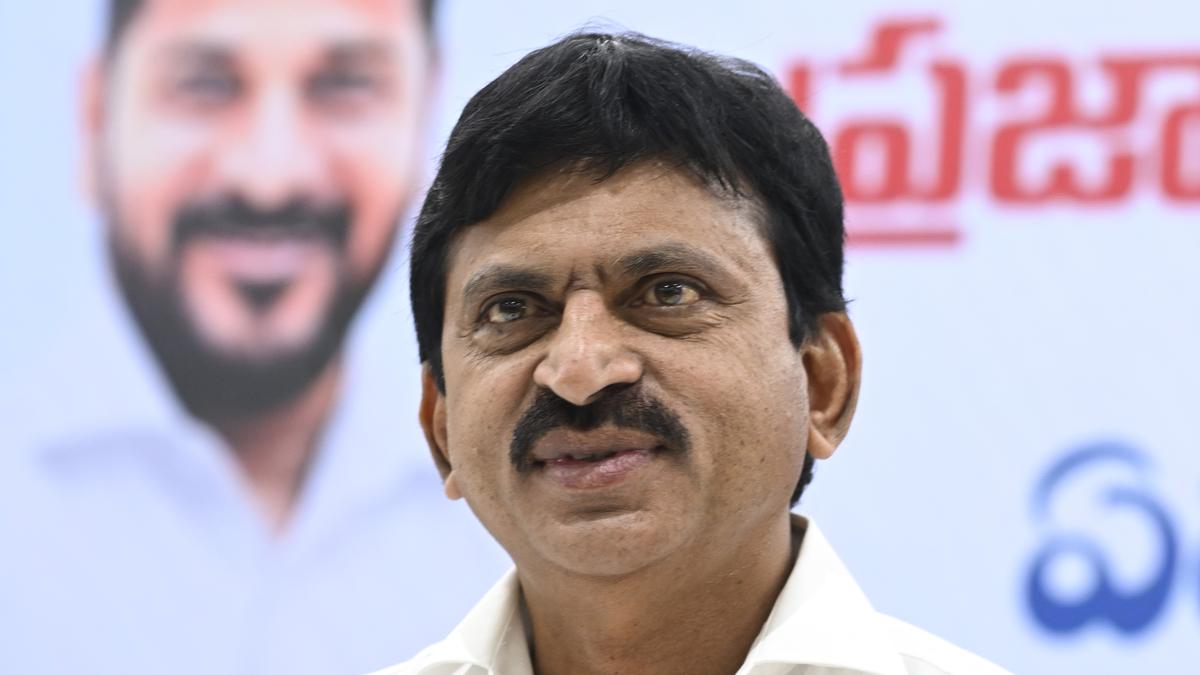Now Reading: TB Dam Second Crop Halted as New Crest Gates Are Installed: D.K. Shivakumar
-
01
TB Dam Second Crop Halted as New Crest Gates Are Installed: D.K. Shivakumar
TB Dam Second Crop Halted as New Crest Gates Are Installed: D.K. Shivakumar

Quick Summary
- Deputy CM and Water resources Minister D.K. Shivakumar informed the Karnataka Legislative Assembly that farmers in Tungabhadra dam’s command area will not recieve water for a second crop due to essential infrastructure upgrades.
- A technical committee recommended replacing all 33 crest gates of the TB dam, citing safety concerns due to their 50-year-old age; one gate has already been replaced, while manufacturing of the remaining gates is underway.
- The TB Dam Board decided to limit water storage to 80 tmc instead of it’s full capacity of 101 tmc for facilitating crest gate installation, which is scheduled from November after the Kharif season till June 2026.
- Water levels will be reduced to 1,622 feet during this process; authorities are currently releasing approximately 9,951 cusecs/day from the dam.
- Accumulation of silt has reduced storage capacity by up to 30 tmc; a new balancing reservoir location has been identified in Navile (Koppal district) with estimated civil costs at ₹11,000 crore and land acquisition costs at ₹3,978 crore.
- Coordination with Andhra Pradesh remains pending as Chief Minister’s appointment regarding inter-state project concerns is awaited.
Indian Opinion Analysis
The decision not to provide water for a second crop underlines critical challenges India faces in balancing immediate agricultural needs against long-term infrastructure sustainability. Replacing crest gates in Tungabhadra dam prioritizes safety for millions while requiring sacrifices from farmers reliant on irrigation. Reduced storage levels further complicate agricultural prospects amidst declining capacity caused by silt deposition.
Identifying Navile as a site for a balancing reservoir reflects proactive planning but also signals important financial and administrative hurdles ahead-especially given inter-state coordination issues with Andhra Pradesh. Ensuring timely collaboration across state boundaries will be crucial for mitigating regional tensions over resource allocation while managing food security priorities tied directly to irrigation-dependent farming cycles.
Read more: Link
























